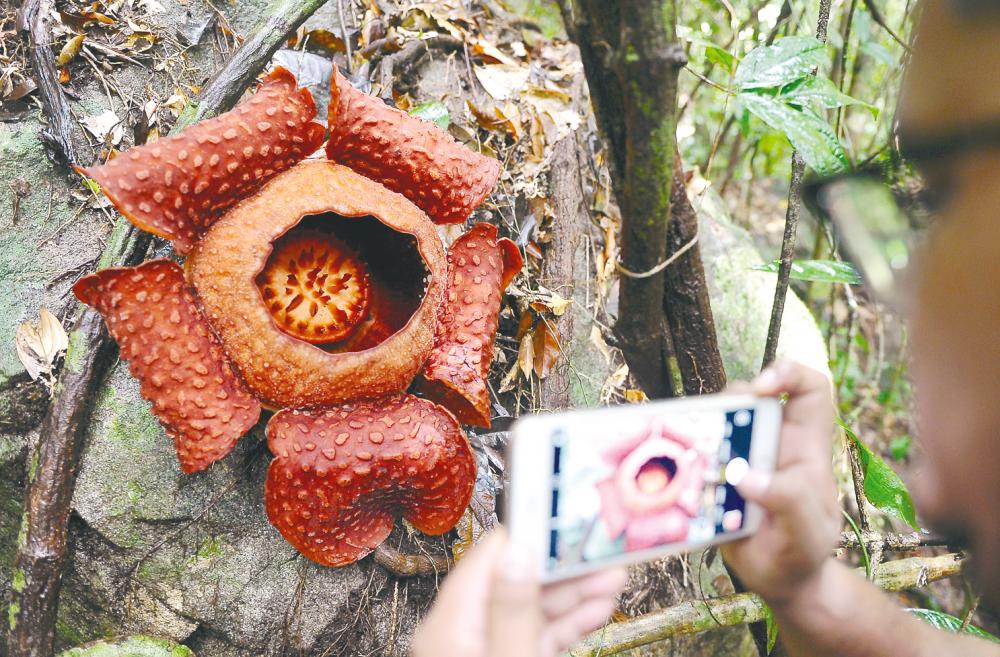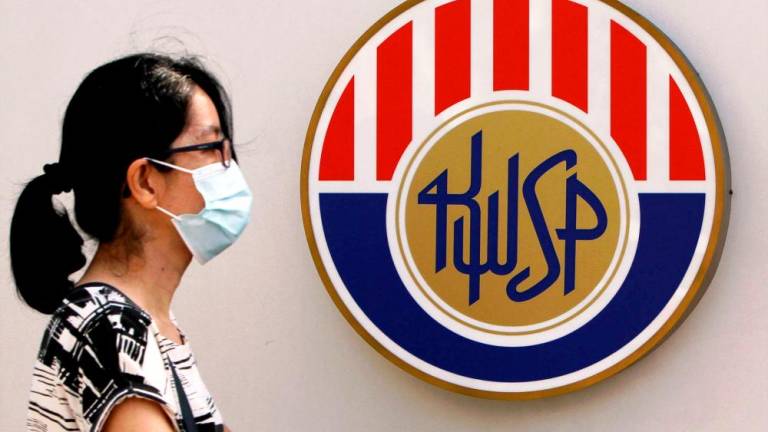THE Department of Statistics released the 2019 Domestic Tourism Survey on June 30. The survey covers domestic tourism in totality and not in parts as often viewed in isolation by individual industries, sectors or players.
Shopping, automotive fuel, food and beverage, visited households and accommodation are the biggest five recipients in domestic tourism and accounted for 85.7% of all expenditure by domestic visitors that include tourists and excursionists on day trips, with most of them driving their own vehicles.
Less than 1% was spent on tour packages, which were mainly nature or adventure tours with services provided or arranged at destinations by tour operators. Most domestic tourists who fly book their own flights and accommodation online, and use e-hailing service for local transport.
Early this month, I projected that domestic tourism for last year will reach 238 million visitors, 331 million trips and RM103 billion in expenditure. The 2019 Domestic Tourism Survey reported there were 239.1 million visitors, 332.4 million trips and RM103.2 billion in expenditure.
However, these figures will drop for the first time this year because of the Covid-19 outbreak and movement control orders (MCO), preventing or discouraging Malaysians from travelling within the country.
We are now in the recovery stage and shopping malls have seen an increase in footfalls, especially over weekends. Queues were formed at retail outlets offering promotional sales when customers lined up to sign in and have temperatures checked.
But many restaurants remain near empty and quiet as people have not switched back to the “old normal” when it was usual to dine in packed and noisy surroundings with little fear of communicable diseases.
Eating has always been the favourite pastime of Malaysians. The latest National Health and Morbidity Survey (NHMS) reported that just over half of Malaysian adults are overweight or obese.
Instead of tightening belts during MCO, many Malaysians have gained weight because of less physical activity and the food they ate. The NHMS found that 95% of adults do not consume the recommended five servings a day for fruits and greens.
And with businesses suffering from little or no income but saddled with high overheads such as rentals and wages, many tourism enterprises will soon close. Those that have taken loans hoping to tide over the period will continue to bleed and end up with more debts.
Whether it is taxpayers’ money through government funding or banks compelled to provide risky loans, it will be throwing good money after bad. With coffers near empty, it would be better to cut further losses and conserve whatever cash left for more productive use.
While those that have invested in properties such as hotels or tour buses are stuck with depreciating assets with poor market value, others could just bail out if they are only renting premises or vehicles and resume at the right time next year or thereafter.
But many would not let go of their business after investing so much time and energy to build them up. Although many people naturally evolve with minor changes and adjustments, most are not adaptable to change or bold enough to switch to a different field for a new beginning.
In the United States, many of the oldest or biggest companies including the most well-known brands are closing or scaling down their businesses. The sooner anyone lets go, the better chance for them to rise from the ashes as they could spend more time planning instead of fire fighting.
Those who want to cash in on domestic tourism will be successful if they could create something new and interesting to offer. But the majority will be dishing out more of the same, believing that more online advertising and promotions will reach out and attract customers.
This may be true during good times leading to many jumping on the tourism bandwagon. But we are under a new normal. Apart from offering hygiene, safety and security, visitors are also looking for meaningful activities and experiences.
YS Chan
Petaling Jaya











